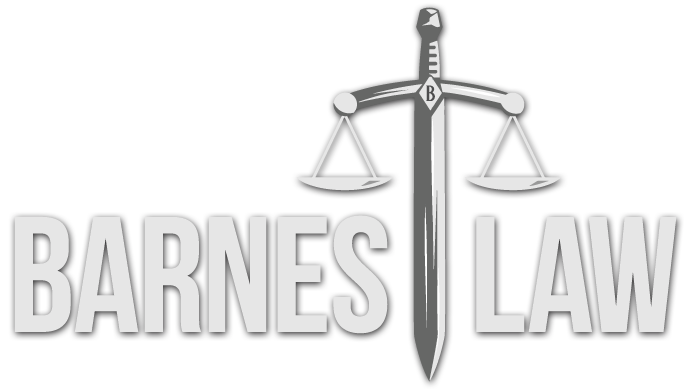The Limited Liability Company: Favorite Son Of Asset Protection
In asset protection planning, the two vehicles that best achieve protection of assets are trusts and limited liability companies (“LLC’s). Trusts, whether foreign or domestic, serve as a protective mechanism by restricting a beneficiary’s access to the assets of the trust, and therefore, to the same extent a creditor’s. LLC’s, on the other hand, completely restrict a creditor’s ability to access the assets of the LLC, because assets owned by the LLC are not owned by its members.[1] The LLC derives its asset protection characteristics from the application of charging orders. Almost all domestic statutes are based on the Uniform Limited Liability Company Act of 1996 (“ULLCA”). Under the ULLCA, (1) the charging order is a lien on the judgment debtor’s distributional (assignable) interest; it is not a levy, (2) the creditor cannot exercise any management or voting rights because the creditor has only the rights of an assignee/transferee, (3) the foreclosure of the charged interest does not harm the debtor because the buyer at the foreclosure sale receives no greater right than was possessed by the original creditor, and (4) the creditor, expressly, has no remedy other than the charging order and foreclosure on the charging order.[2] The California Supreme Court has affirmed that the charging order has replaced levies of execution as the remedy for reaching partnership interests.[3]
Most LLC operating agreements provide that only the economic interest in the LLC may be assigned, but not the entire membership interest. A carefully drafted operating agreement can greatly enhance the charging order limitation. California LLC legislation allows members to override the default statutory provision of assignability of interests. [4] In LLCs set up solely for asset protection and planning purposes, it may be possible to either prevent assignability altogether or to limit it in such a manner so as to make the charging order remedy of little value to the creditor. Because the charging order protection is predicated on the debtor’s continued ability to manage the entity and thus control distributions, the distribution clauses of LLC agreements become critical. By way of example, the distribution clauses can be altered to allow for distributions to all members except the debtor-member while charging orders are pending.
Charging orders allow debtors to retain control over LLC’s and determine the timing of distributions. There are some exceptions to that general rule, particularly when: (i) there is a fraudulent transfer, and (ii) in a bankruptcy.
Furthermore, while foreclosure on membership interest is technically an option available to creditors through a charging order, purchasing a foreclosed partnership interest may be foolhardy when the debtor, or a person friendly to the debtor, remains in control of the entity and can hold up the creditor’s share of distributions. This will lead to adverse tax consequences for the creditor. This solidifies the premise that a charging order is a debt collection tool of remedial effectiveness. The creditor may find him/her/itself, holding a charging order without any ability to determine when the judgment will be paid off. Any uncertainty surrounding charging orders is uncertainty for both the debtor and creditor. This uncertainty forces most creditors to settle the judgment, on terms more acceptable to the debtor, rather than pursue charging orders.
This makes LLCs a great asset protection planning tool, while allowing the debtor to retain indirect control over their assets and can usually be implemented with limited or no tax consequences. However, no tool is perfect, and it is important to remember one of the cardinal rules of asset protection planning—timing—when utilizing LLCs, as transfers not done sufficiently in advance can be deemed fraudulent transfers.[5] Additionally, as the crux of the LLC’s protection rests on the premise that the non-debtor members deserve protection from creditors, some courts have held that the charging order limitation would apply where all of the partners of a limited partnership were the debtors of a single creditor[6] but some have elected not to apply charging order protection. Also, the application of charging order protection to single member LLC’s differs vastly across jurisdictions (i.e. Colorado does not afford the protection[7], while Nevada does[8]).
Asset protection planning is a complicated process that requires legal advice of someone who not only knows the intricate nuances of all of the applicable tools but is well versed in the entity formation laws of various jurisdictions.
--By Doug Hanchar, Esq., Barnes Law
Doug Hanchar is an associate attorney with Barnes Law, licensed to practice law in California.
The opinions expressed are those of the author and do not necessarily reflect the views of the firm, its clients, or any of its or their respective affiliates. This article is for general information purposes and is not intended to be and should not be taken as legal advice."
[1] Cal. Corp. Code § 17300.
[2] ULLCA §§101(6), 501-504; Cal. Corp. Code § 17302.
[3] Baum v. Baum, 51 Cal. 2d 610, 612, 335 P. 2d 481, 483 (1959).
[4] Cal. Corp. Code § 17005.
[5] 28 U.S.C. § 3304
[6] Evans v. Galardi , 16 Cal. 3d 300 (Cal. 1976).
[7] In re Albright, 291 B. R. 538 (Bankr. D. Colo. 2003).
[8] Nevada Revised Statute § 86.401(2)(a)
